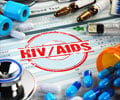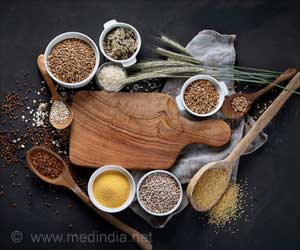Heroin and synthetic pharmaceuticals illegally trafficked from Myanmar into India's northeast has led to a rise in drug abuse and an HIV epidemic in the region , says a United Nations study.
"Drug trafficking across the common border of Myanmar and the northeastern state of Manipur, Mizoram and Nagaland occurs with ease. Despite the existence of heavy security, heroin does transit the border and is therefore accessible to the local youths of these states," said a report released by the UN Office on Drugs and Crime and the Indian government.The report said HIV has assumed the proportion of a 'generalised epidemic' among injecting drug users in Manipur and Nagaland.
"Northeastern states which are distant from the Myanmar border have generally reported fewer episodes of heroin injecting compared to the states which are closer to the border. Thus, there is a direct correlation between proximity to the border and drug abuse," the UNODC said.
"Injecting drug users represent a significant incubus for the indirect spread of HIV to people who have never used drugs."
India's northeast - Assam, Manipur, Meghalaya, Mizoram, Nagaland, Arunachal Pradesh, Sikkim and Tripura - has been declared as one of the country's high-risk zones with close to 100,000 people infected with HIV, according to estimates by the regional government authorities and private healthcare workers.
Manipur with a population of 2.24 million accounts for about 20,000 HIV-positives although unofficial estimates put the figure in the state at closer to 35,000. Authorities in the northeast fear the disease may spread further.
Advertisement
The unabated flow of amphetamines from Myanmar into the northeast is another area where the UNODC has expressed concern.
Advertisement
In its recommendations, the report called for "intervention to promote safe sex among drug users", besides suggesting "accurate monitoring and evaluation of the drug use problem" of past and ongoing interventions.
Myanmar and India have signed a number of agreements aimed at collaborating on fighting drugs along the border, the first of which was in 1993. India accounts for about 5.1 million HIV-positive people, next only to South Africa.
--Edited IANS










